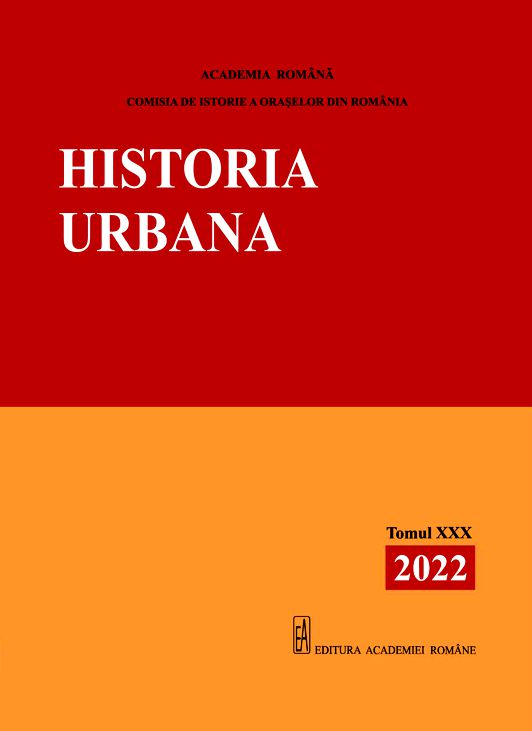„Die Curhaus-Anlagen in Dorna-Watra”. Stațiunea balneară Vatra Dornei
„Die Curhaus-Anlagen in Dorna-Watra”. The Spa Resort Vatra Dornei
Author(s): Inna Ostrovsca, Ileana KisilewiczSubject(s): Architecture, Local History / Microhistory, 19th Century, Transformation Period (1990 - 2010)
Published by: Editura Academiei Române
Keywords: Vatra Dornei; Bukovina; The Habsburg Empire; mineral waters; balneo-spa resort;
Summary/Abstract: Today Vatra Dornei is a tourist resort of national interest with infrastructure for active tourism and spa-climate tourism called, in this sense, “Pearl of Bucovina”, but how did this town develop? In 1775, following negotiations between Austria, Russia and Turkey, the northern part of Moldavia, later known as Bukovina, became part of the Habsburg Empire. The heart of the Dorna Village at that time was part of the district (Bezirk in German) Câmpulung. In 1789 the doctor and naturalist Ricard Haquet of Nuremberg made chemical analyses of the mineral waters in the springs in Vatra Dorna. The data obtained and the observations of the research were published in work Neueste physikalisch-politische Reise in den Jahren 1768 und 1789, durch die Dacischen und Sarmatischen oder Nördlichen Karpathen (The Most Recent Physical-Political Journey in the Years 1768 and 1789, among the Dacians and Sarmatians or in the Northern Carpathians).The healing qualities of the mineral springs in this area increase the interest in Vatra Dorna, and more and more people come for cures with local mineral waters. At the end of the nineteenth century, a European-level balneo-spa resort development project was implemented in this locality. The richness of mineral waters and the healing mud of the peat bring the locality the title of balneo-spa resort recognized in the Empire.
Journal: Historia Urbana
- Issue Year: XXX/2022
- Issue No: 30
- Page Range: 173-188
- Page Count: 16
- Language: Romanian
- Content File-PDF

